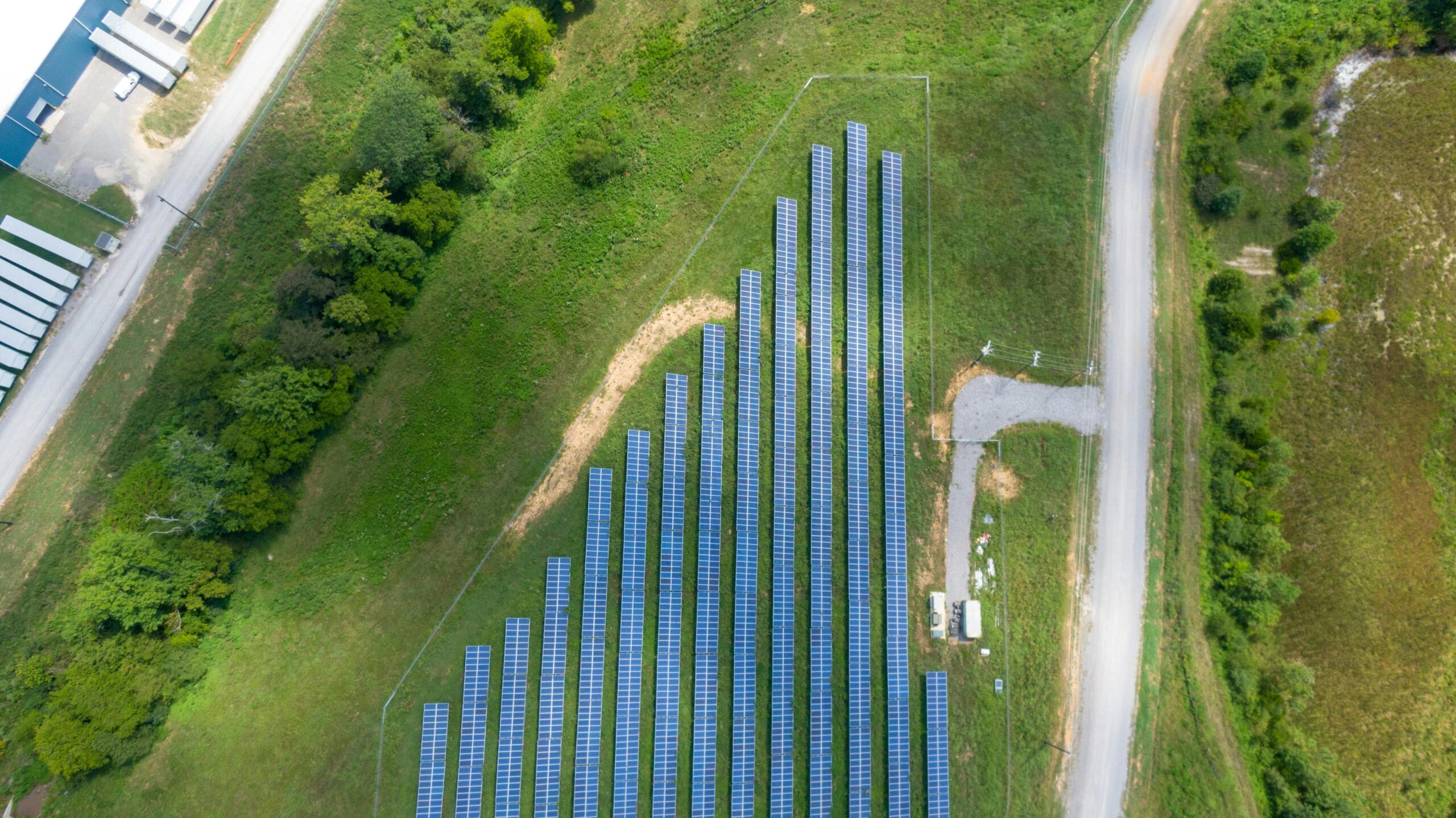 2023 was a historic year for oil and gas mergers and acquisitions (M&A)...
2023 was a historic year for oil and gas mergers and acquisitions (M&A)...
According to energy-intelligence company Enverus, M&A activity hit a record $190 billion, primarily driven by two of the biggest oil mergers the industry has ever seen.
On October 11, America's leading oil and gas producer, ExxonMobil (XOM), announced it was buying Pioneer Natural Resources (PXD) for almost $60 billion. The deal marked the third-largest U.S. upstream acquisition ever.
Less than two weeks later, Chevron (CVX) – the second-largest producer – announced a $53 billion bid for Hess (HES). If the merger goes through, it would be the fourth-largest deal.
Both companies are rushing to own the best real estate in the oil market... land in the Permian Basin. After all, as we eventually transition away from oil and gas, only the biggest companies in this space will have enough scale to remain profitable.
In other words, oil companies are joining forces to prepare for the final phase of their life cycle.
Today, we'll discuss why one of the youngest parts of the energy sector – solar power –seems to be following Big Oil down the path of consolidation... and explain how investors can take advantage.
 The solar industry is going through a 'winter' period...
The solar industry is going through a 'winter' period...
Over the last decade, solar capacity has grown by about 22% per year.
However, the Federal Reserve's rate-hiking campaign that began in 2022 put a bit of a damper on things...
Like many high-growth industries, solar feasted on cheap debt when interest rates were low. Then, when rates surged to record levels, these companies had to make tough decisions to keep operating.
Many had to pull back on growth to stay afloat, while others had to shut their doors completely. In 2022, new installed solar capacity fell for the first time in four years.
President Joe Biden's Inflation Reduction Act ("IRA"), which features massive subsidies for new solar installations, helped get the industry back on track last year. But a lot of solar companies are still struggling with financing...
More than 100 residential solar-installation companies went bankrupt in 2023 due to high financing costs.
That has sent company valuations across the industry plummeting... Shares of Enphase Energy (ENPH), a leading supplier of solar-power systems, are down 60% since their high in 2021. And shares of Sunrun (RUN), a leading solar-panel maker, are down 90%.
 Larger solar companies seem to realize that now is the time to capitalize on these low valuations... and snap up the competition.
Larger solar companies seem to realize that now is the time to capitalize on these low valuations... and snap up the competition.
Sam Scroggins, a director of investment bank Lazard's Global Power, Energy & Infrastructure Group, told Reuters that his business has seen rising interest for M&A within the industry.
This could be a saving grace for a lot of smaller solar companies... and their investors.
Take solar module maker Canadian Solar (CSIQ), for example.
The company had nearly $1.5 billion in debt maturing last year and another $600 million coming due this year. Investors are worried about its debt... and have fled the stock as a result. Shares are down 69% since their late 2021 peak.
Canadian Solar is now trading at incredibly low valuations. And we can see just how cheap it is by looking at its Uniform price-to-book (P/B) ratio...
The P/B ratio compares a company's total value with the value of the assets on its balance sheet (or "book"). The higher the P/B ratio, the more investors are willing to pay for a company's assets.
Currently, Canadian Solar's Uniform P/B ratio is just 0.7 times. That means investors value the company at about 70% of the value of its assets.
That's an incredible discount for a larger solar company looking to add more scale to its operations. And if Canadian Solar keeps struggling with huge debt maturities, it might just have to find a buyer to bail it out.
 Solar won't stay down forever...
Solar won't stay down forever...
With the IRA entering its second full year, and interest-rate cuts on the horizon, the solar industry should return to high growth soon.
And as it does, companies that are trading at dirt-cheap valuations today are unlikely to stay cheap.
Many of them may get acquired if they can't weather the storm, while others will simply climb back up to previous valuations... if not higher.
Keep an eye out for "fallen angels" in the solar industry. When interest rates start coming back down to Earth, these stocks could rocket higher.
Regards,
Rob Spivey
March 19, 2024



 2023 was a historic year for oil and gas mergers and acquisitions (M&A)...
2023 was a historic year for oil and gas mergers and acquisitions (M&A)... 

